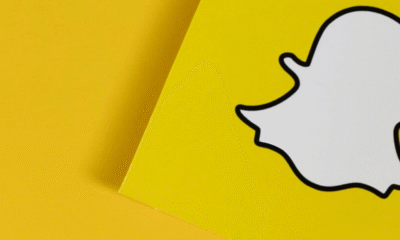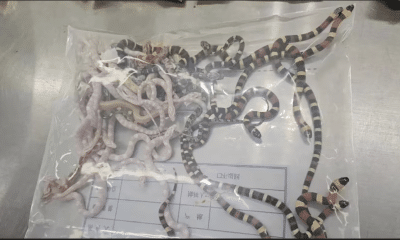News
South Africa Injects Radioactive Material Into Rhino Horns to Thwart Poachers in Groundbreaking Anti-Trafficking Campaign
A pilot study involving 20 rhinos has confirmed that the procedure is completely safe for the animals. The team collaborated with the International Atomic Energy Agency (IAEA) to ensure that the isotopes used pose no health risks while remaining effective in detection systems worldwide.
In a bold and innovative step to combat the rampant poaching crisis, South African scientists are injecting rhino horns with radioactive material to deter smugglers and disrupt illegal trafficking networks. The Rhisotope Project, spearheaded by researchers from the University of the Witwatersrand (Wits University), aims to make smuggled rhino horns from South Africa by poachers detectable at international borders, providing customs officials with a powerful new weapon in the fight against wildlife crime.
With South Africa home to the largest rhino population on Earth, the nation has long been at the epicenter of the global rhino poaching crisis. Over 400 rhinos have been killed by poachers each year since 2021, according to conservation groups like Save the Rhino.
The Rhisotope Project, which has been in development for six years at a cost of £220,000 ($290,000), uses radioactive isotopes that are harmless to the animals but can be detected through advanced scanning technologies, even when hidden in large shipping containers.
“This could be the holy grail in anti-poaching technology,” said Professor James Larkin, one of the project’s lead scientists. “By making rhino horns detectable globally, we can proactively disrupt trafficking before it leaves African borders rather than merely reacting after the fact.”
A pilot study with radioactive rhino horns involving 20 rhinos has confirmed that the procedure is completely safe for the animals. The team collaborated with the International Atomic Energy Agency (IAEA) to ensure that the isotopes used pose no health risks while remaining effective in detection systems worldwide.
Prominent conservationist Jamie Joseph, director of the Saving the Wild charity, praised the Rhisotope Project as a much-needed innovation. “It’s not the ultimate solution—better legislation and political will are still necessary to end this crisis. But this technology will help disrupt trafficking operations and provide invaluable data on illegal trade routes.”
View this post on Instagram
Rhino horns are highly coveted in Asian markets, where they are used in traditional medicine and considered a symbol of status and wealth. This demand continues to drive illegal poaching, threatening both white rhinos, classified as threatened, and black rhinos, which are critically endangered.
Jessica Babich, head of the Rhisotope Project, emphasized the broader implications of their work: “Our goal is to deploy this technology at scale to protect one of Africa’s most iconic species. By doing so, we’re safeguarding not just rhinos but a vital part of our continent’s natural heritage.”
The success of the Rhisotope initiative could revolutionize global Rhino anti-poaching efforts by introducing a proactive, science-driven method of disrupting illegal wildlife trade. While legislative reform remains crucial, this technological leap offers new hope in the battle to save rhinos from extinction.




































